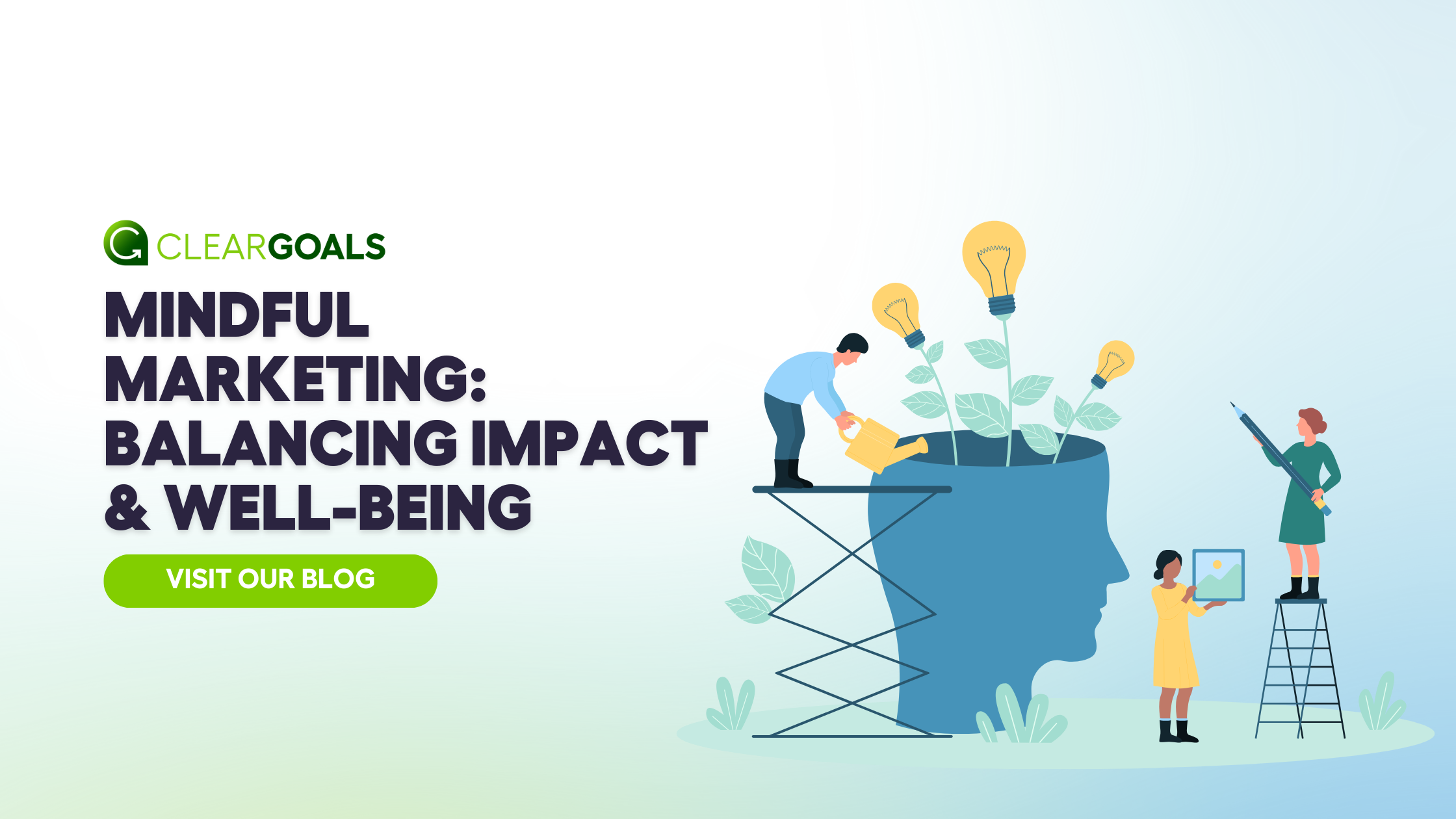Emails and SMS marketing campaigns are now widely used in the fast-paced world of modern marketing, where every brand is fighting for consumers’ attention. The impact that these tactics have on consumers’ mental health is frequently disregarded, despite the fact that they are unquestionably successful in reaching a large audience. Let’s examine the effects of constant digital marketing on people and talk about how companies can give equal weight to brand awareness and customer satisfaction by offering less content that has a greater impact.
The Massive Wave: Fatigue from Email and SMS Marketing
Nowadays, consumers’ email inboxes and mobile devices get flooded with a never-ending stream of promotional messages, newsletters, and updates. People may experience a condition called “marketing fatigue” as a result of this constant wave, in which they feel overstimulated, anxious, and detached from the very messages meant to grab their attention. What is the outcome? reduced open rates, dwindling brand trust, and the possibility of complete opt-outs from customers.
The Effects of Information Overload on the Mind
Information overload, a cognitive strain that happens when people are exposed to more information than they can efficiently process, is exacerbated by emails and SMS marketing campaigns. Increased stress, less productivity, and even anxiety can be brought on by this overload. In an attempt to stand out in the crowded digital landscape, businesses unintentionally exacerbate the mental health issues that their target market faces.
A Shift Towards Mindful Marketing
In order to mitigate the increasing concern regarding mental fatigue resulting from marketing, companies need to take a more deliberate approach to their outreach tactics. Rather than overstuffing consumers with information, brands should concentrate on conveying messages that are succinct, pertinent, and powerful. Here are some tactics to think about:
1. Personalized Communication
Adapt messages to the tastes and actions of each individual. Analyze customer behaviour with data analytics to deliver content that is relevant to their interests. This lowers the amount of information while increasing the possibility of meaningful interaction.
2. Opt-in Rather than Opt-out
Use an opt-in strategy for marketing communications in order to respect the consumer’s autonomy. Give people the option to select the kind and volume of messages they get, giving them more control over their inbox and reducing the possibility of overload.
3. Quality Over Quantity
When it comes to marketing content, quality should come first. Rather than constantly updating customers, concentrate on crafting powerful messages that actually improve their lives. This strategy upholds the brand’s dedication to delivering relevant content while also showing respect for the consumer’s time.
4. Utilize Multi-Channel Engagement
To lessen your reliance on email and SMS, diversify your marketing avenues. Use content marketing, social media, and other channels to build a more subdued and well-balanced brand presence.
Striking the right balance between consumer welfare and brand visibility is essential in the dynamic world of marketing. Businesses can adopt a more thoughtful and compassionate approach by realizing the negative effects that email and SMS marketing campaigns can have on mental health. By utilizing diversified channels, opt-in strategies, individualized communication, and a quality-driven approach, brands can cultivate enduring relationships with their audience in addition to maintaining a strong market presence. By doing this, they support the development of a marketing environment that values the mental health of the very people they aim to engage.





